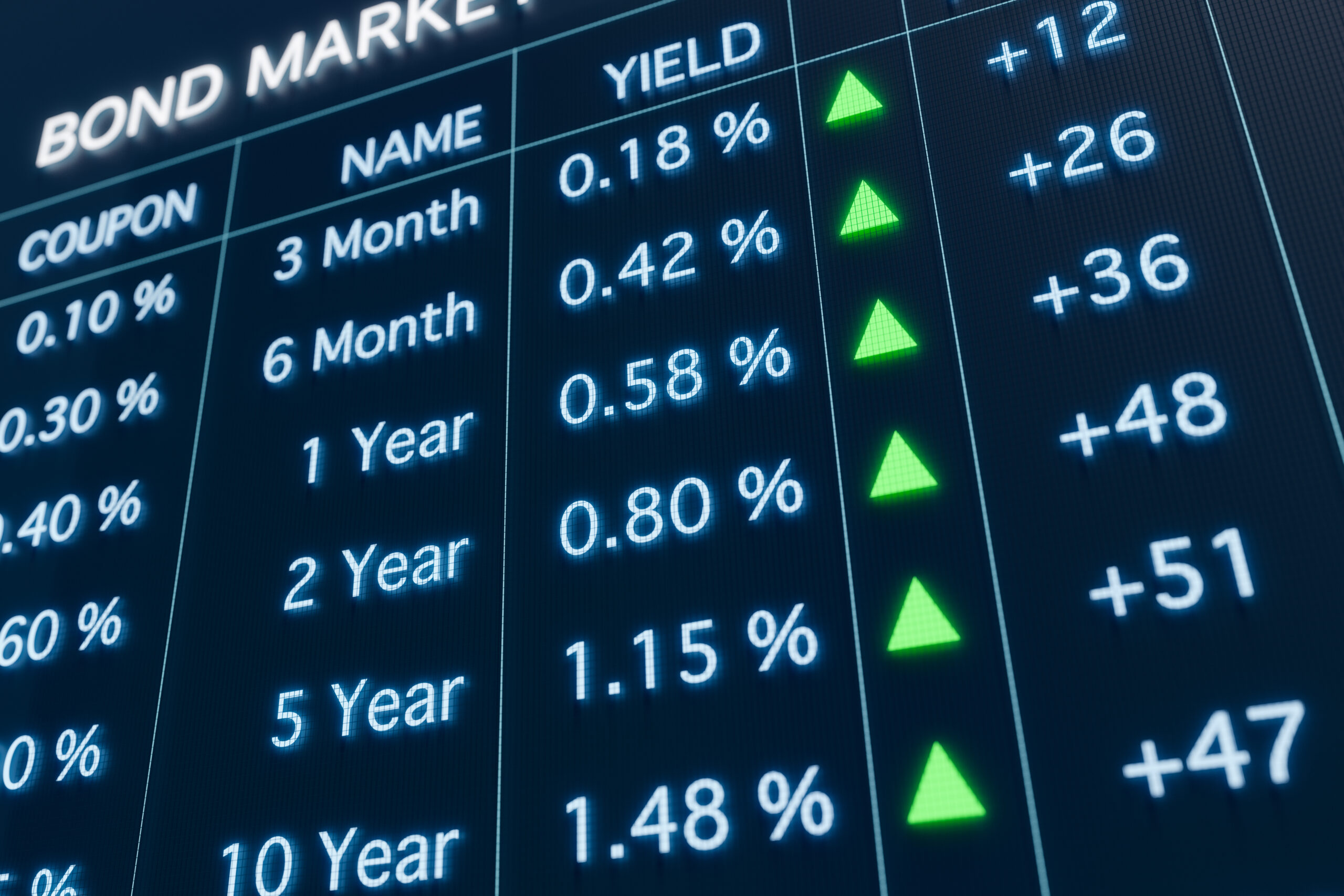
As of 20 February, The OnePlatform MPF Composite Index (compiled by OnePlatform Wealth Management(1),Member of AGBA Group) was 237.76, with a 0.87% month-to-month decrease.
The fluctuation in the US ‘s inflation data, coupled with geopolitics issues such as the Russia-Ukraine war and worsening Sino-U.S. tensions, weighed on market sentiment, causing the OnePlatform MPF Composite Index to drop slightly by 0.87% month-on-month in February. OnePlatform MPF Bond Index dropped the most, with a 2.23% month-to-month decrease; OnePlatform MPF Equity Index decreased by 1.25%; OnePlatform MPF DIS Age 65 Plus Index decreased by 1.14%; OnePlatform MPF DIS Core Accumulation Index increased by 0.98%.
Overall, the OnePlatform Composite Index still recorded a 4.75% increase so far this year.
Summary of MPF Fund Performance in February
The global economy is experiencing both strong headwinds and tailwinds – only time will tell which will win out. The IMF says balance of risks remains tilted to the downside but it increased its growth forecasts for 2023 to 2.9% (up from 2.7% in October). In particular, advanced economies are expected to grow 1.2% in 2023 and emerging and developing Asia by 5.3%. Global Equity Fund increased 2.84% in February.
Equity Funds:
US markets have proved stable amid a mix of both positive and negative signals, with investors constantly speculating which way the wind will blow the Fed. And although layoffs in the tech industry, such as Spotify and Zoom, could signal a recession, markets are focusing on the benefit mass layoffs have had on bottom lines. Most big names had a stellar month, particularly Tesla (63.84%), Meta (26.98%) and Apple (12.77%). United States Equity Fund rose 4.88%.
European markets also benefited from positive inflation data and optimism that central banks will begin to ease rate hikes in the not-too-distant future. Indeed, the IMF increased its growth expectations for the region from 0.5% to 0.7% in 2023 and the Euro STOXX 50 rose 4.32% in February. Meanwhile, the UK’s FTSE index posted returns of 3.45% as the BOE predicted a milder recession and markets benefited from a weaker pound. Europe Equity Fund climbed 3.12% in February.
Although China’s reopening is an economically positive development, slower global demand, growing tensions with the United States, and Hong Kong’s negative growth weighed on markets. The CSI 300 fell 0.54% in February, the Shanghai Composite gained 1.55% and the Hang Seng Index dropped 3.53%. Fund returns for the region were negative: China Equity Fund, Greater China Equity Fund, Hong Kong Equity Fund and Asian Equity Fund dropped by 3.70%,2.03%,4.01% and 2.10% respectively.
Japan’s indices gained from speculation that the Fed will slow its hiking schedule. The nomination of a new central bank governor also eased some anxieties, although it is still unclear how the change will affect policy. The Nikkei 225 returned 4.27% and TOPIX gained 4.39% in February. Japan Equity Fund posted 1.54% growth.
Bond Funds:
As global inflation continues to erode purchasing power and worsen cost of living crisis, central banks remain on the warpath, driving up rates and thus yields on long-term debt. Japan’s 10-year debt hit the 0.5% cap, US Treasuries rose by 0.42 pps, Bund yields are up 0.40 pps and gilts 0.19 pps. Global Bond Fund dropped by 2.57%.
Mixed Assets Funds & Money Market:
Mixed-asset funds were dragged by poor performance in fixed income and negative returns in Asian markets. Equity-heavy funds benefitted by the overall better performance of risk assets, with Mixed Assets Fund (21% to 40% equity) returning decreasing by 1.76% and Mixed Assets Fund (81% to 100% equity) reducing by 0.53%.
Meanwhile, money market sectors – predominantly comprising short-term borrowings and deposits – continued to show relatively little movement, with a return of 0.25% and a decline of 0.32% respectively.
Market review in February
The Russia-Ukraine war reached the one-year mark. US President Biden was the most recent head of state to visit Kiev, where he announced a US$500 million assistance package. This is in addition to the additional firepower sent by the US, Germany and others to contribute to Ukraine’s war effort. Russian President Putin retaliated further to oil price caps by announcing a significant production cut from March. Oil prices inevitably rose but were driven back when the US announced it would release more crude oil from its strategic reserves. As the northern hemisphere emerges from winter, demand for energy is subsiding, easing inflation pressures. Indeed, in its latest World Economic Outlook report, the IMF noted inflation will fall from last year’s 8.8% to 6.6% in 2023, adding that 2023 will be a “turning point” for the global economy.
US inflation remains higher than expected
In the United States, markets are still dominated by speculation surrounding the Federal Reserve’s war on inflation, which came in at a higher-than-forecast 6.4% in January. At its February meeting, the Fed raised rates by an expected quarter point, with Fed Chair Jerome Powell saying there will likely be a “couple” more hikes. In addition to his consistently hawkish tone, jobs data dampened hopes of a more accommodative Fed as unemployment came in at a 50-year-low 3.4%.
Bank of England says recession expected to be shallower
Across the Atlantic, central banks are also steadily continuing to raise borrowing costs. The Bank of England lifted its key rate by half a point to 4%, adding in the meeting summary that inflation has peaked but is proving “firmer than expected”. The UK avoided a recession in the fourth quarter and the British central bank is cautiously optimistic that the recession may be “much shallower” than previously anticipated. Meanwhile, eurozone fourth-quarter growth was also very muted at 0.1% and the European Central Bank, too, increased rates by half a point. Although inflation dropped significantly from 9.2% to 8.5% in January, core inflation remained at a record-high 5.2%.
China economic activity swings back to growth
Despite lower international demand dampening exports, there was a notable increase in travel and economic activity across Mainland China, Hong Kong and Macau after China’s border reopening. The government also implemented more supportive measures. These led the NBS Manufacturing and Non-Manufacturing PMIs increased significantly into expansion territory in January. In Japan, the central bank’s monetary policy remains consistently loose.
#NOTE:
1. Insurance and MPF schemes brokerage services are provided by OnePlatform Wealth Management Limited (respectively an Insurance Broker Company with HKIA Licence No. FB1452 and a Principal Intermediary with MPF Registration No. IC000579).
You May Be Interested In

OnePlatform Asset Management | 06 May 2024
Exploring the Potential of U.S. Equity Funds: Analyzing Factors Driving the U.S. Stock Market
OnePlatform Asset Management | 05 Mar 2024
Exploring the Beenfits of Investment-Grade Bond Funds in the Current Market Environment

